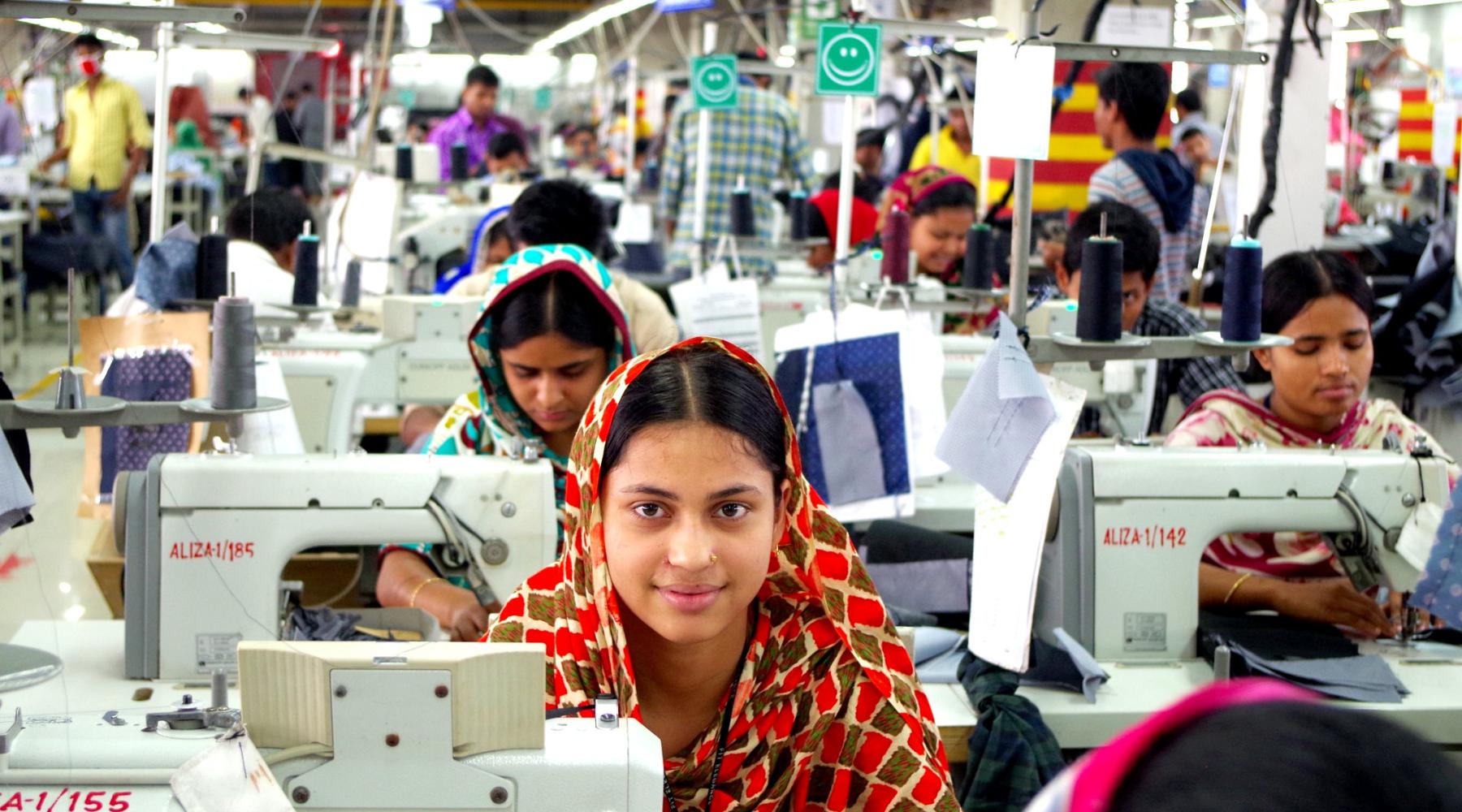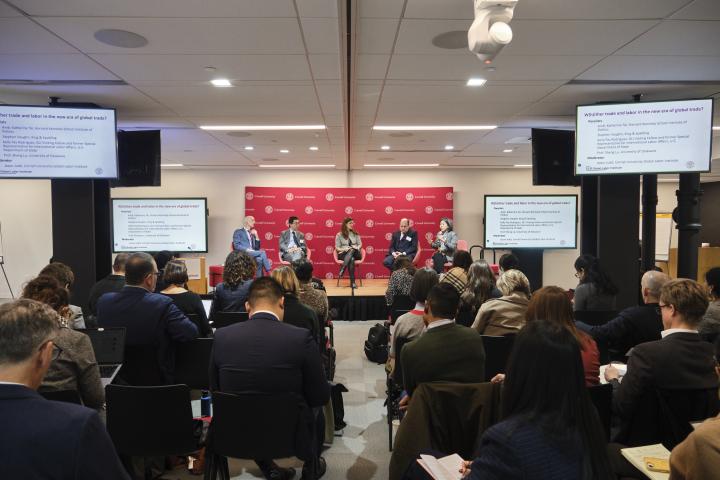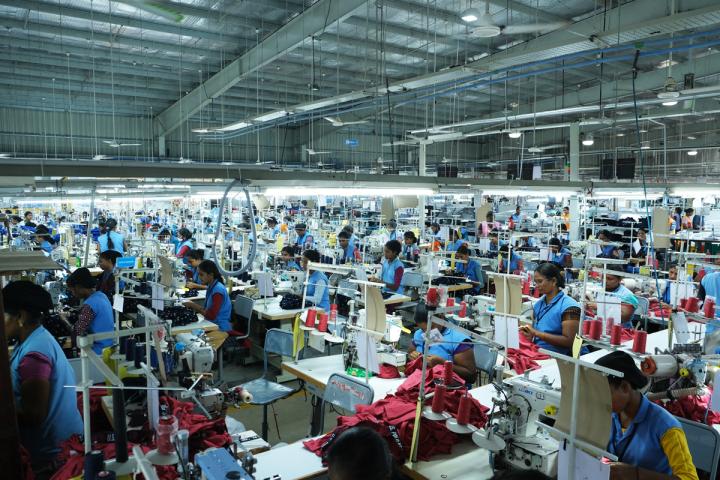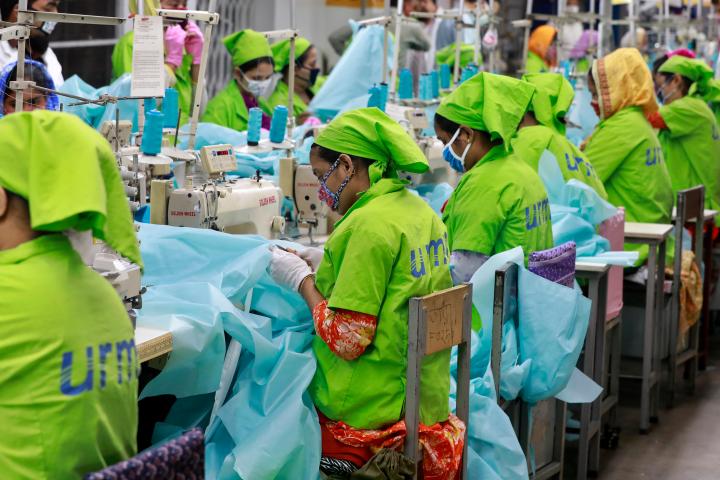
Q&A: Tariff Impacts on Apparel Workers and Fashion Industry
Jason Judd, executive director of ILR’s Global Labor Institute, addressed questions about the potential impacts of U.S. tariffs on workers in apparel-producing countries and on the fashion industry.
How will new tariffs impact workers in textile factories?
Higher tariffs—30 and 40 percent and higher—in key apparel-producing countries could mean significant job losses and downward pressure on wages for workers in countries that depend heavily on apparel exports. Cambodia, Bangladesh and Sri Lanka, for example—all facing significant new tariff rates—are vulnerable, and these new pressures come on top of familiar challenges: accelerating energy costs in Bangladesh and Cambodia, and an ongoing economic crisis in Sri Lanka.
For producers in China and Vietnam—both major apparel and footwear exporters to the U.S.—the economic pain that the workers and their employers cannot absorb will be borne by retailers and brands and, as a consequence, consumers in the U.S. and Europe. Industries in some nearby producers such as Guatemala, Honduras or Nicaragua are precarious for other reasons, including the impacts of climate breakdown and losses in those countries will increase migration pressures.
How will economies in the manufacturing regions' communities be impacted?
Sri Lanka, for example, has a dangerously low minimum wage for garment workers, and a recent devaluation has reduced workers’ purchasing power. More downward pressure on wages after several years of very high inflation will mean—for workers who hold onto their jobs—hungry children and desperate families. The predicament for those who lose their jobs will be worse. Lower exports mean fewer dollars to service government debt and more pressure on programs to support low-wage workers and their families.
As GLI and others’ data analyses of 30 years of global apparel production show, risk and cost in supply chains are pushed down from investors and buyers to manufacturers to workers.
The alternatives to this approach—and often simply complements—are lower margins for manufacturers, higher prices from U.S. and European buyers and retailers, higher prices for consumers and falling demand. This leads to the phenomenon we witnessed in the early months of the COVID pandemic, significant job losses for vulnerable workers at both ends of the chain—garment workers in factories and retail workers in stores.
Will worker abuses worsen?
Manufacturers cannot bargain energy and material costs, generally. They go to working conditions and wages to maintain their margins, and in countries where worker organizing is suppressed or workers otherwise struggle to win enforcement of basic standards, those standards will slide to protect employers’ margins and jobs.
How much more will clothes cost?
This one needs an econometrician to calculate, but apparel at the ‘value’ end of things—think Target t-shirts or socks at Kohl’s or sweaters at H&M—apparel retail is a low-margin business and prices for U.S. customers will likely have to rise where garment workers and their employers at the other end of the supply chain and the retailers in the middle have nothing more to give.
Where political instability is a real risk—in the U.S. and in apparel-producing countries—the ‘stagflation’ combination of falling/softening employment, downward pressure on wages and consumer price inflation is dangerous. If the Trump administration cuts quick deals—e.g., Dhaka orders more Boeing jets or Hanoi green-lights a Trump tower deal—the pressure can come down. But what the Trump people want isn’t clear. So the way to cut deals in countries that are not priorities on other counts (e.g., security, migration, etc.), is also unclear.
Are some items more tariff-proof than others?
Diversity of options for brands and retailers will make a difference, and basics should be easier to shift. A buyer with half a dozen short-term choices among countries (and suppliers) of t-shirts can move based on new cost structures. The buyer of capital-intensive and specialized footwear from Vietnam or technical climbing wear in China, for example, has fewer options. Simple garment production can move from Cambodia to the Philippines in weeks, but footwear cannot jump from Vietnam to India in weeks. And the lack of a coherent strategy from Trump means that new investments will wait. A low-tariff country this week could be next month’s loser.
When will higher prices kick in?
I’m not sure, but I suspect buyers will wait to see how quickly they can make deals with the help of their manufacturers and their home governments. Trade counsel and executives at Nike, for example, are probably lighting up the lines to D.C. and Hanoi for weeks. A roll-back by Trump seems unlikely, so in low-margin industries, like basic apparel, prices will rise because of tariffs or because short-term capacity in this round’s winners is constrained, and new buyers pushing in will face higher prices. Lose-lose.
Is it unlikely that tariffs would push any clothes manufacturing to the U.S.?
It is very unlikely, even with high tariffs. There are too many relatively low-cost options out there still.
Will fashion change its consumer engagement strategy?
The mass market makes noises about circularity and less waste, but its marketing is, overall, aimed at a slice of its shoppers. Its revenue goals make clear how it thinks about the future. Also, the middle classes in other markets—East Asia and the Middle East—have been growing apace and will start looking more attractive/stable despite the generally lower prices paid by those buyers.



